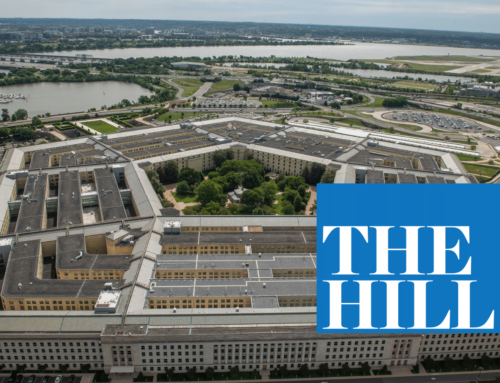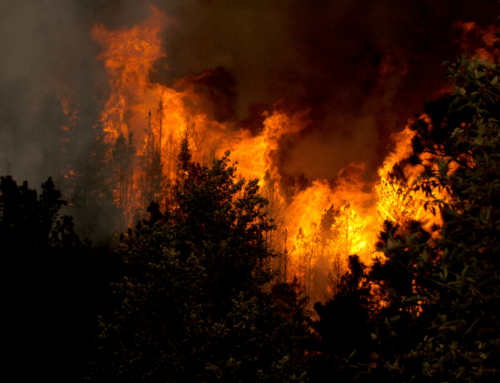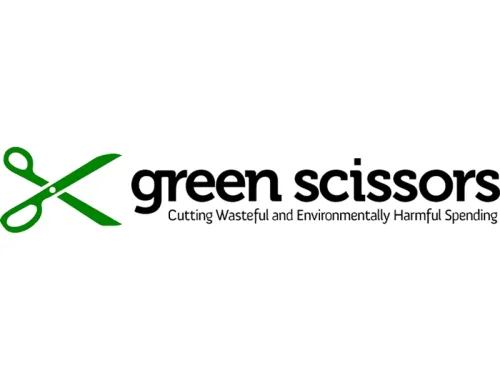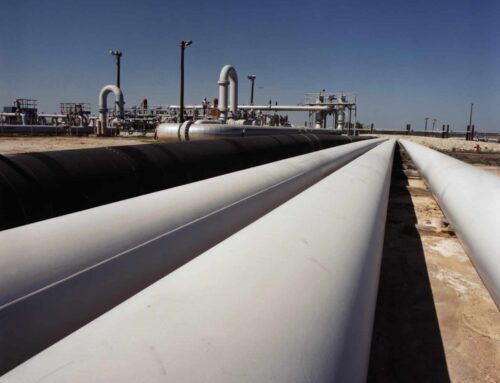Despite an overwhelming lack of evidence that pursuing oil and gas development in the Arctic National Wildlife Refuge (ANWR) will provide any significant revenue, the Department of the Interior continues to push forward with plans to drill. Not only will lease sales generate far less revenue than promised, exploration and development in this incredibly hostile and environmentally sensitive area would expose federal taxpayers to huge liabilities.
In 2017, lawmakers enacted a provision to allow drilling in the Arctic Refuge claiming that a lease sale would generate nearly $1 billion in federal revenue to partially offset the $1.4 trillion tax cuts. It was a wasteful giveaway to the oil and gas industry back then and the situation has only worsened for taxpayers amid a global pandemic and the current economic recession.
Our new analysis estimates auctions for leases to drill in the ANWR will generate $14.7–$27.6 million in federal revenue, based on the average bid price per acre for onshore sales in the ANWR region over the last five years.
In other words, federal taxpayers can expect an incredibly disappointing outcome of just three percent of the original $910 million estimate for leasing ANWR acreage to drillers.
Over the last 20 years, comparable lease sales on neighboring state land received bids from drilling companies for far less than what Congress has assumed ANWR leases will attract. Oil and gas companies leased 12 million acres on Alaska’s North Slope, or seven times the acreage of the entire ANWR Coastal Plain — 1.56 million acres. These leases generated a total of $489 million in bids — roughly a quarter of projected revenues for the planned ANWR sales, half of which is shared with Alaska.
From a fiscal perspective, this whole scenario is appalling. Congress banked on $1 billion from these new lease sales, and there is no way they will bring in anywhere near that much. There never really was any reasonable scenario to reach a billion dollars and now the prospects look even more bleak for taxpayers.
With oil prices declining due to the pandemic, it is impossible for the American taxpayer to expect anywhere near a fair return on oil and gas leases even in normally competitive markets. Several oil and gas producers have already gone bankrupt, and many others have cut spending for exploration and development. Just in the second quarter of 2020, 18 North American exploration and production companies declared bankruptcy. By May 2020, oil and gas companies’ capital expenditures had reportedly fallen by more than $85 billion. Many banks and investment firms, including Barclays, Blackrock, Goldman Sachs, JPMorgan Chase, Lloyds Bank, Wells Fargo, and UBS have already ruled out financing Arctic drilling projects because they are so risky.
In the remote Arctic, taxpayers could also ultimately foot the bill for the enormous liabilities inherent in drilling in such an extreme environment. In one study, the Department of Interior concluded that spills from onshore oil and gas wells in the Arctic are “inevitable.” In addition to the enormous cost of cleaning up an oil spill in the Arctic, which could easily fall on taxpayers, taxpayers will also foot the bill for the devastation caused by hurricanes, floods, droughts and wildfires made increasingly more destructive thanks to climate change and our heavy reliance on fossil fuels.
Drilling in the ANWR has long been a political game at the expense of a more realistic cost-benefit analysis. The Trump administration continues to race to offer federal lands across the country for oil and gas drilling as if they have no other value. Congress needs to consider revisiting the entire system of how we manage federal lands, because the current system routinely undervalues these natural assets and costs all taxpayers.
Now, during the pandemic, it is more clear than ever that pursuing leasing in the ANWR is a fool’s errand built on false premises. Without immediate action, lease sales for oil and gas development in the ANWR could be held as early as the end of this year. It’s time to face reality, use some common sense and table this political play to lease the Arctic.











Get Social